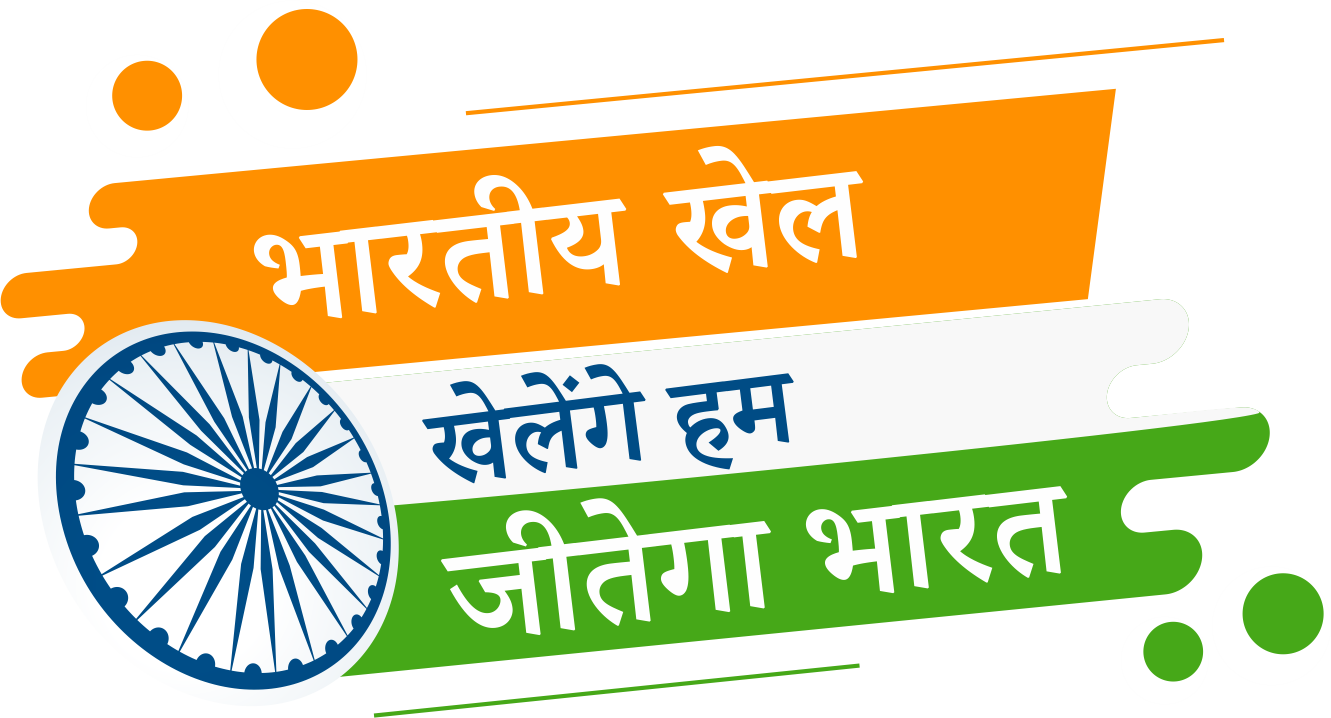Dhop khel
Introduction
Dhopkhel is a traditional ball game played in Assam in north-east India as a part of welcoming spring and celebrating the new year festival of Bihu. Players throw a ball from a distance to tag out opponents. So, they need to judge the direction and force of the throw. It requires swiftness and acrobatic agility.
Dhopkhel appears to be similar to several team sports, such as rugby, American football and dodgeball. The Dhopkhel players need to throw the ball in the opponent’s court to score a goal. If the player fails to throw the ball in the opponent’s court, they have to throw it again.
The player who catches the throw gets a chance to stand on the gher of the court and throw the dhop (a ball) to the opposition’s katoni (one player standing on the opposite end). The rules of the game are quite complicated which makes Dhopkhel much more interesting. The players of Dhopkhel need to have high stamina, an athletic spirit and a good physique.
This game emphasizes agility, strategy, and teamwork and is often played during festive occasions such as Rongali Bihu.
The Play
Two teams of 11 members each, play this game on a 125 m × 80 m field bounded by four red flags. Players throw the ball at the opposing team members to tag them out, while the opposing team seeks to catch the ball and throw it back to the first team. The objective is the same, to tag one of the players. Tagging players standing near a corner is easier as they do not have much open space to run to. The player who is tagged out has to go to the opponent’s side and prevent the opponent’s team from catching the ball thrown by his or her native team. That player catches the ball and brings it back to the native team without being touched by the opponents. There would be multiple players from both teams on both sides on the court. The game is a test of speed, strength and motor skills.Players
Two teams, each consisting of 7–12 players. The field is rectangular, typically 125 meters long and 80 meters wide, divided into two halves. Equipment: A lightweight ball, traditionally made of cloth or other soft materials. Rules and GameplayEquipment Needed
A chalk powder or white powder to draw the baselines, a whistle, a stopwatch and score sheets are needed.
There is no dress code for informal games. The game is played barefoot for both informal and official matches. The players wear shorts and numbered t-shirts, having different colours for each team in official matches.
Playing Method
The primary aim is for players to throw the ball into the opposing team’s territory and then return safely to their own side without getting tagged.
The game begins with one team throwing the ball into the other team’s half. The opposing team must try to catch the ball or retrieve it and counterattack.
- Players from the attacking team throw the ball into the defending team’s side and must cross into the defending side to retrieve it.
- Defenders attempt to tag the attackers while they are retrieving the ball or crossing back to their own side.
- Attackers who successfully retrieve the ball and return without being tagged earn points for their team.
- Defensive Actions:
- The defending team can try to stop the attackers by tagging them before they cross back into their own side.
- Tagged players are considered “out” and must sit out of the game until the next round or until revived by a specific game rule.
- Winning:
- The team with the most points at the end of the game wins.
- Points are awarded based on successful ball retrievals and safe returns.
Rules
Boundaries: Players must remain within the boundaries of the field. Stepping out results in a penalty or elimination.
Tagging: Defenders can tag attackers only with their hands, not by grabbing or using excessive force.
Turns: Each team alternates between attacking and defending after every round.
Cultural Context: Dhopkhel was a popular sport under the Ahom rulers. It is believed that the game of Dhopkhel thrived under the patronage of the Ahom Kings. This makes Dhopkhel one of the oldest games of northeast.
- Festive Connection:
Dhoopkhel is often played during Assamese festivals, particularly Bihu, symbolizing celebration and unity.
- Skill Development:
The game enhances physical fitness, agility, and quick decision-making.
- Teamwork:
Players need to coordinate effectively to outmaneuver their opponents.
Dhoopkhel is an engaging and strategic game that combines physical activity with cultural heritage. It fosters community bonding, making it a cherished part of Assam’s traditions.
Address
Bharatiya Khel
Indian Knowledge Systems (IKS) Division
Ministry of Education (MoE),
Government of India,
Our office is located in
All India Council for Technical Education (AICTE)
Nelson Mandela Marg,
Vasant Kunj,
New Delhi-110070

